This Dacian Falx has a thick and blunted blade built for stage and sport combat which was tempered and finished with a 50-52 HRc hardness. The blade itself is quite rigid and it is robustly crafted with a full tang construction with triple-riveted wood grip scales. The tip is fairly acute – if desired we can round it down to a penny round shape. Please indicate if that is your wish in the Special Instructions field upon checkout.
Falx, latin for sickle, was the Roman word for this devilish Dacian weapon. Part sword, part polearm, the falx with its forward curving blade was despised by the Legionaries who faced them. Swung with force, the falx sliced into Roman shields, and in a downward swing the tip acted like a pick, striking with fearsome force. Having many helmets punctured and split by this weapon, the Romans added a bar of steel to the brow of their helmets to reinforce them. Some helmets have evidence of these brows being hastily added, likely in the midst of campaign. The falx could, in skilled hands, also be used as a hook to catch a shields edge, and pull it away from its bearer.
Unlike Romes earlier conquests of Gaul and Iberia where a minority of warriors could afford swords, the Dacian lands of modern Romania, were rich in iron and many of its warriors could go into battle with the long falx pole-swords, giving Roman Legionaries a greater challenge.
The effectiveness of the falx forced the Romans to adapt their military equipment. In addition to the aforementioned helmet modification, the Legionaries also had greaves and arm protection added to protect the limbs from being shorn like wheat before the sickle-like falx. Trajans Column, celebrating his conquest of Dacia, is a primary reference for the Dacian Wars, and the Roman Army surely wanted a memorial to celebrate their hard-won efforts subduing the strong Dacian tribes.



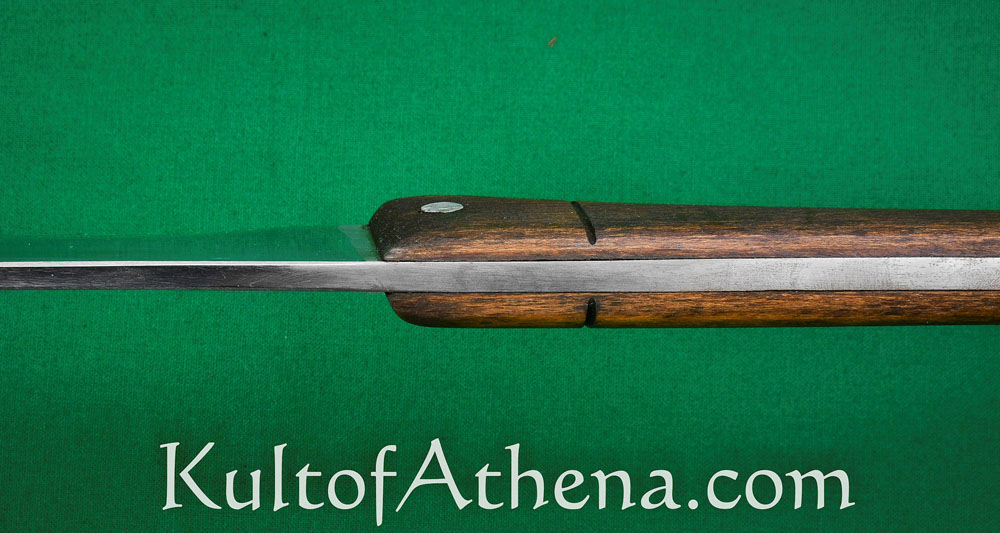
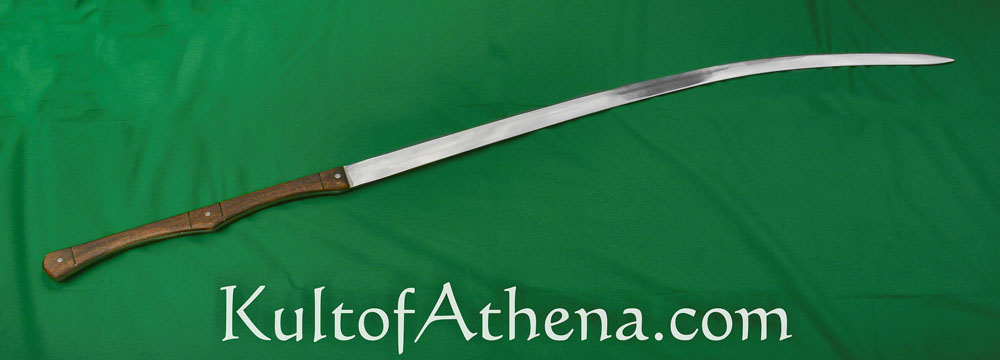

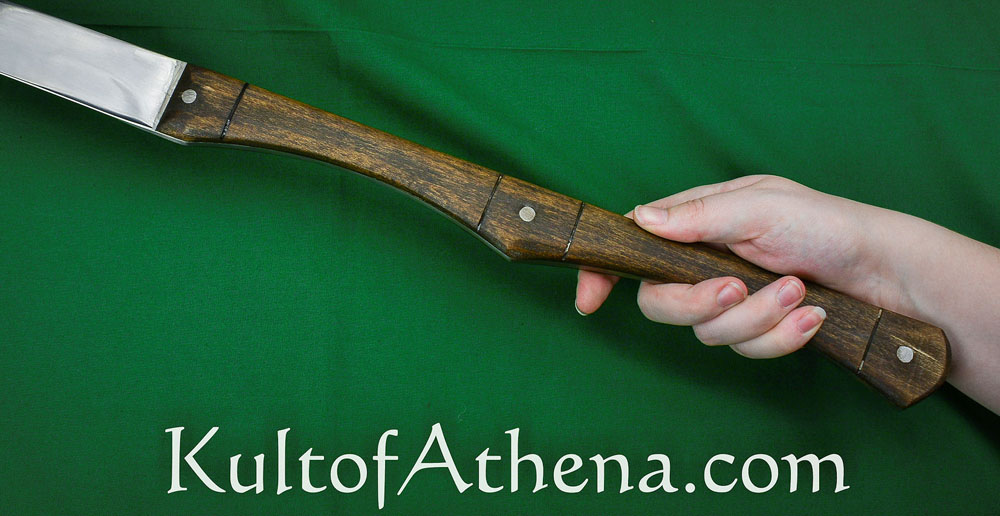
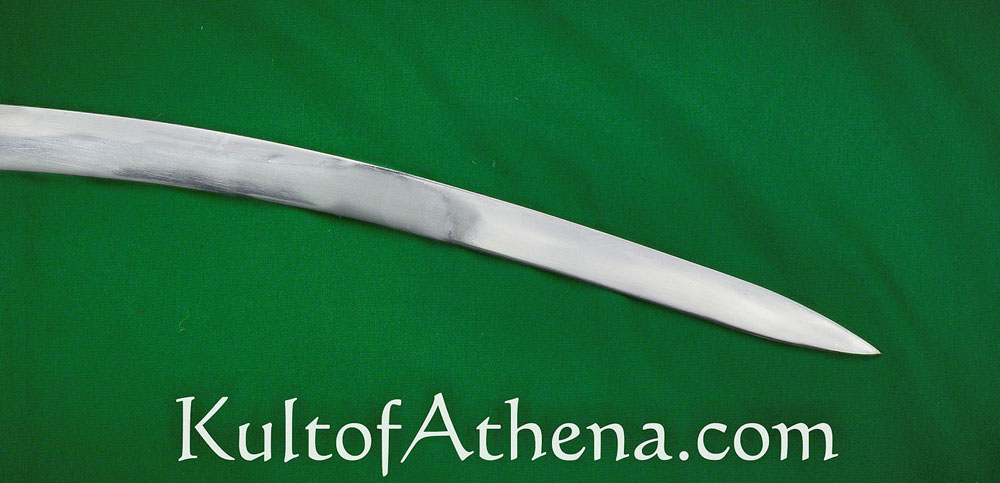
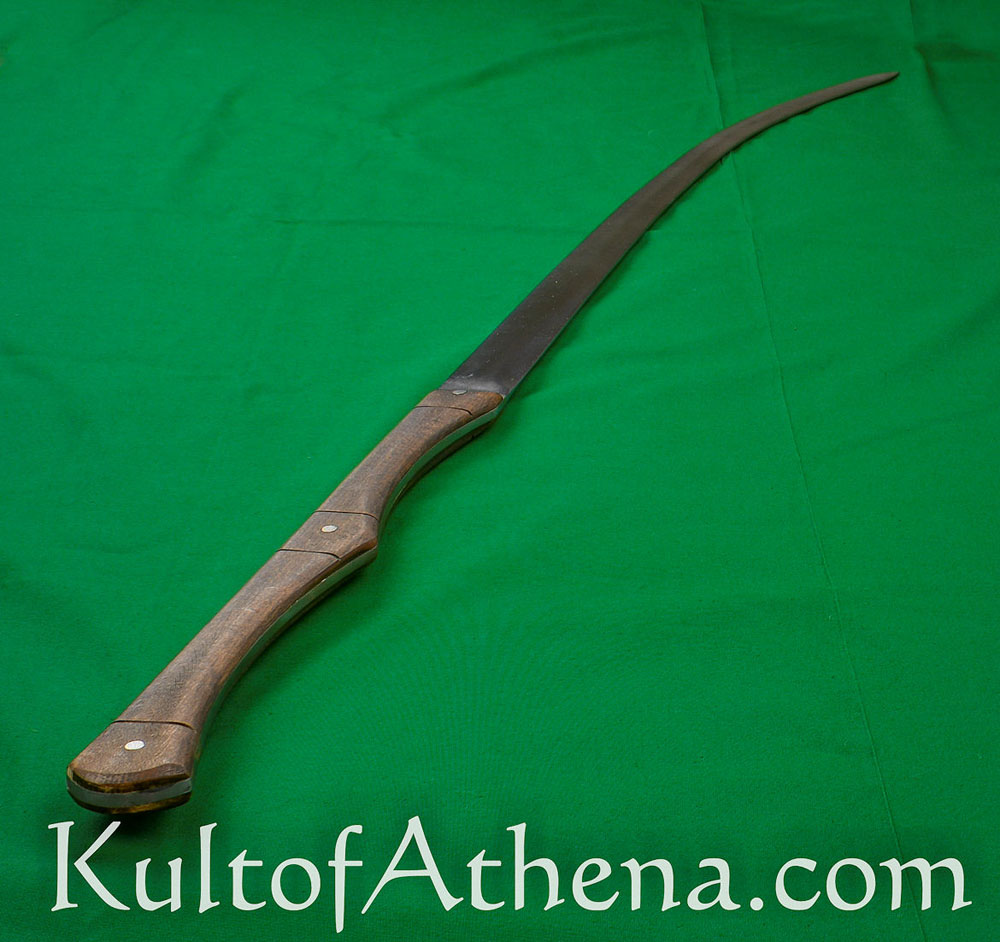
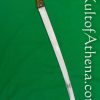

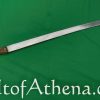
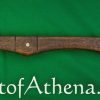
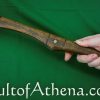

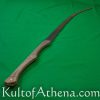
Reviews
There are no reviews yet.